This article is contributed by @Adam Jeffery
The aim of this article is to conclude which of these is the best portable projector, but is this a fair fight? That was my first thought when putting this review together. On one hand you have the Wemax Go, a keenly priced 300 ANSI lumen qHD (960 x 540) portable which is said to be the thinnest ALPD (advanced laser phosphor display) projector on the market and on the other, the Samsung Freestyle, a 1080p can-shaped device which is marketed as a 100” `TV and costs three times as much as the Wemax unit. Almost David vs Goliath, if David and Goliath were actually very small to begin with, and capable of emitting multi-colour light. Each of these innovative machines brings something new to the market and once you have used them you realise they have more in common than you might think. Ultimately they are designed to bring your entertainment world to places that it could not go before. So yes, a comparison is in order, as the specs do not tell the whole story. Before we compare them one by one, let's share the final score first.
Final score - 7-6 to the Wemax Go based on portability, flexibility and value for money
So what’s new?
First up is the Freestyle. What Samsung has done here is attempt to recreate the smart TV experience in a portable projection device. How..? By combining its tried and tested TV operating system with advanced ‘place and go’ projection technology. In the most part this works, but with some limitations, which we will touch on later.
The Wemax Go takes an entirely different approach, while it has wireless connectivity there is no smart OS here – the big selling point is 300 ANSI lumens being pumped out from an ALPD laser light engine that is somehow squeezed into a box smaller than a Nintendo Switch game case and less than 1” thick.
Build quality
Both projectors feel well put together. The Go has a reassuring weight for such a small unit, integrates a sliding lens protector / power switch into its design and comes supplied with its own protective carry case, including space for all of the accessories you need. The buttons feel nice, although more feedback on the focus wheel would have been helpful for fine tuning.

The main body of the Samsung is excellent – largely metal with a rubber protector covering most of it. It does have its weak points though, the lens cap is a large push-on affair, doubling as a light diffuser, and the plastic screws used to pivot the device on its stand have to be tightened a lot to fix it in place, with reports of these breaking already seen online. A chunky plastic carry case is available for the unit but does not include space for any accessories or the power supply, which is a bit of an oversight. The rechargeable remote is excellent, although very small.
Verdict – Draw
Image quality
1080p with 550 lumens vs 540p with 300 ANSI lumens – this should be easy, right? Admittedly I thought so – until I started using the devices. Undoubtedly the 1080p chip in the Samsung produces more fluid and detailed images and you won’t want to be projecting text on a regular basis with the Wemax Go – however once you start to play movies things are suddenly not as clear.
Samsung has invested a lot into its picture engine, and it does show. Colours are vivid, motion is smooth and contrast for a portable LED based machine is reasonable – so why is it not wiping the floor with the Go? The answer here lies in the projection technology employed.

I mentioned earlier that the Go is an ALPD based machine and this use of laser projection has inherent benefits. In the same way that an electric car can outperform its combustion engine counterparts due to a lack of gears, always available torque etc., when you compare ALPD laser to LED it offers better colour reproduction and is perceived by the human eye as brighter.
So while the Freestyle is very good for an LED – placed side by side with the Go they are almost on a par – with the Samsung offering slightly more brightness and its increased detail and the Wemax delivering deeper blacks.

The main drawback of the Wemax Go’s qHD resolution other than the loss of fine detail and poor reproduction of text is that at larger projection sizes (60” and above) the pixels are visible if you are less than 2m from the screen.
The range of picture adjustment settings on both units is similar (top tip – turn the sharpness down for a better experience), they have the same 1.2:1 throw ratio and are capable of a decent 60” image in ambient light and 100” in a dark environment.
Overall the Samsung edges it – but it must be remembered that you can currently purchase three Wemax Go’s for the cost of one Freestyle – which levels the playing field somewhat.
Verdict - 2-1 to the Freestyle BUT a draw when adjusted for cost.
Sound
Once again we have two different approaches here – the audio that the Freestyle produces for such a small unit is remarkable – possibly the best available for a projector of this size. Samsung has employed 360 technology here and the result is surprising – with more bass than you would expect and a sense of spatial separation. It is capable of filling a decent sized room and has little distortion at the top end. Options for external sound are through the micro HDMI connection, Wi-Fi or Bluetooth. Great for in home use, but less convenient as an on the go solution.
The Go is less impressive with its built in technology – offering a single 1W speaker which is useable but offers no bass and is akin to laptop speaker output. It has an ace up its sleeve here though with the inclusion of a 3.5mm headphone/audio out jack. Simply take your portable speaker with you, plug it in and off you go.
You will find a good range of audio manipulation options on the devices, with multiple presets and a user definable equalizer.
So the Go is likely to be easier on the move – BUT the Freestyle’s built in sound is so impressive it has to take the lead here.
Verdict - 2-1 to the Freestyle
Connectivity
The port selection on the Freestyle is unusual, offering up a single micro HDMI port and, well… that’s it. In terms of wireless you have Miracast, Apple airplay and Bluetooth – ticking all of the boxes for connecting you phone, speaker or using it as a second screen for your PC. If you own a recent Samsung flagship phone then this opens up additional features such as auto colour calibration and playing well with DEX. The Freestyle can also be app controlled.
The Go fights back with Android and IOS mirroring, it is capable of being a Wi-Fi display for your PC, but the resolution means this is not something that I would recommend. Once again it scores points by employing a more simple approach to its advantage – including a full size USB and HDMI port on the back – perfect for throwing on a Chromecast or Firestick for a straightforward streaming experience.


What becomes clear here is that Samsung wants you to stay within its walled-garden and as a result may have taken the ‘TV experience on a projector’ one step too far. The lack of ability to easily connect HDMI unless you have an adaptor or utilise a Chromecast without all sorts of cable based gymnastics is, in my opinion, a misstep given the restricted selection of apps in the Tizen store and the fact that a lot of the common streaming services that are not included do not play nicely with Miracast.
In fact the irony here is that a TV would of course have this missing functionality and all that Samsung needed to do was add an additional USB-C port and a world of peripherals could have been opened up.
Verdict - 1-0 to the Wemax Go, sometimes simple is best
Ease of use and operating system
Looking to the Wemax Go, it doesn’t get more straightforward. Simply slide open the lens cover, select your media source, adjust the manual focus and off you go. The menus are easy to use and all buttons are on the unit itself. It has CEC functionality, so you can control both the projector and your streaming stick using the on-board controls.
Keystone adjustment is automatic and vertical only so you are going to have to place it square to your projection surface. There is also a dedicated mini-tripod available (here) which makes this even easier.

As an all-in-one the Freestyle does succeed. Initial set-up is more complex, requiring updates and account registration – but once done you point it all a wall and it works its magic. Quickly and efficiently adjusting focus and x/y keystone to deliver a sharp, rectangular projection. This is both one of its greatest strengths and weaknesses at the same time.
What do I mean by this? Well the technology here is so good you will use it, putting the projector down and moving the image to where you want it rather than spending the time to place the unit more optimally. The negative here is that every time the Freestyle adjusts for placement it requires a greater level of image processing and reduces the amount of the full 1080p available. Convenient, yes for sure, but at the cost of the image fidelity that lands on your screen or wall.
Don’t get me wrong, it is akin to Harry Potter level magic when you see it in action – but with an end result that is ultimately outclassed by attaching your machine to a decent tripod and lining it up.
The Freestyle OS is slick, and while it stutters occasionally it has improved vastly since it was first launched thanks to firmware updates. There are anomalies though, such as it opening the Samsung TV app if the system is left running on the home screen. This has made me jump a few times already!
So if you want technological bells and whistles or are already happy living in the Samsung ecosystem, the Freestyle has it, but for sheer simplicity the Go edges the win.
Verdict - 3-2 to the Wemax Go
Conclusion – which is the best portable?
In terms of a head-to-head then this one definitely goes to points, there is no clear knockout here.
Undoubtedly the Freestyle experience is of a slightly higher quality in terms of sound and picture, but it is overpriced for the light output it offers and inflexible when it comes to apps and peripherals. The lack of USB/HDMI options is a major omission. This is a portable better suited to in-home use than out and about entertainment. You can control it without the remote as long as you have your phone and the SmartThings app. If away from a Wi-Fi connection then this also works through a personal hotspot – which is a neat solution.

The Go succeeds by getting the basics right – you can throw it in a pocket or bag with a Chromecast and be up and running in seconds for use in a room, or plug in an external speaker for entertainment in a larger space. Of course a higher resolution would be nice, but you can forgive this given how flexible its small size makes it and the quality of the output the ALPD engine offers in terms of moving images. The ability to use it without needing a remote is also a major plus – something less to lose when you are out and about.
Neither machine has a built in battery, both can instead be powered by a suitable powerbank, offering far more flexibility and longevity than the built-in option would.
Ultimately the answer as to which is best comes down to how you want to use a portable. The Go is perfect for low-cost, project anywhere activities. This is not a business projector, but excels for TV, movies and gaming on the go.
The Freestyle on the other hand comes across as full of awesome ideas but is ultimately over-engineered. The $900 price tag is also another reason that it is less well-suited to portable-life. You will want to take it in its bulky waterproof case to keep it safe, which means a larger bag or rucksack is in order.
At the current pricing then pound for pound, dollar for dollar, the Go offers more flexibility. If you value portability over out and out resolution and already own a streaming stick, portable speaker and/or compatible powerbank then is likely the more rewarding purchase.
Final score - 7-6 to the Wemax Go based on portability, flexibility and value for money
Final thought
If you are reading this and wishing that there was an option that combined the best of both projectors, with the resolution and technology of the Freestyle and the flexibility and ALPD advantages of the Go (and a price point between the two) then you may want to take a look at the new Wemax Go Advanced.


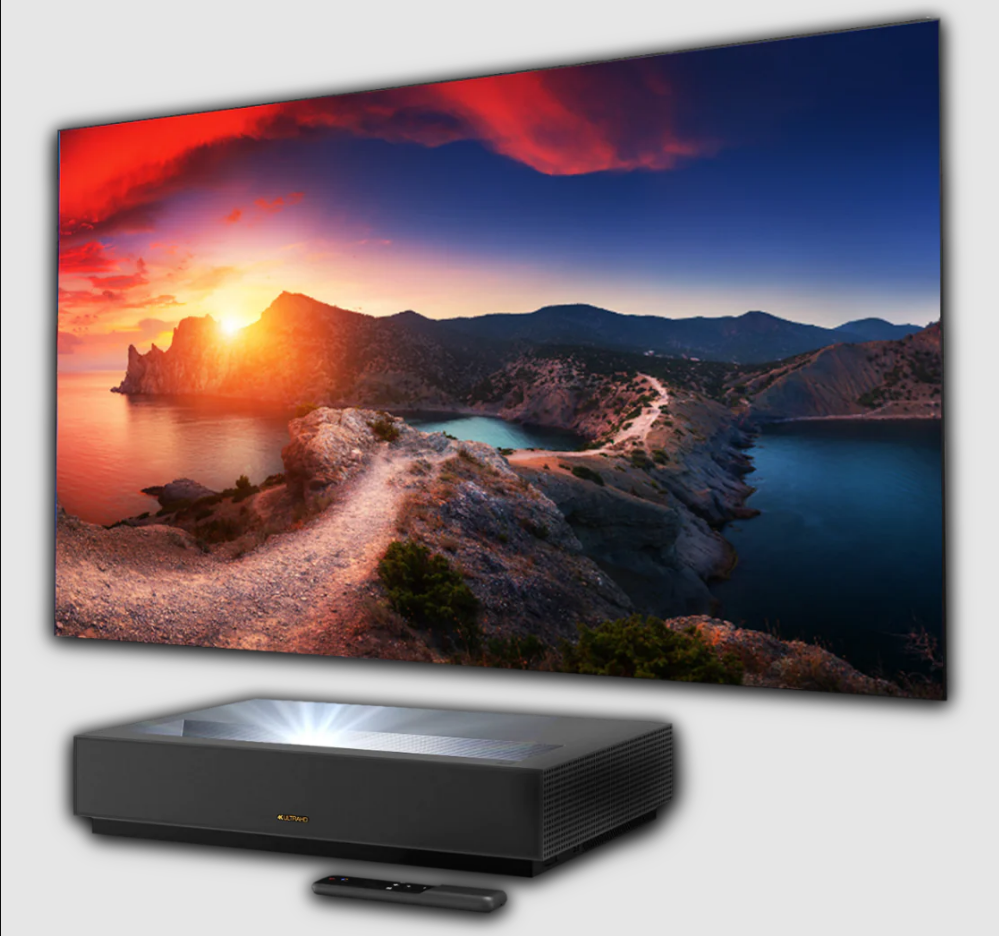
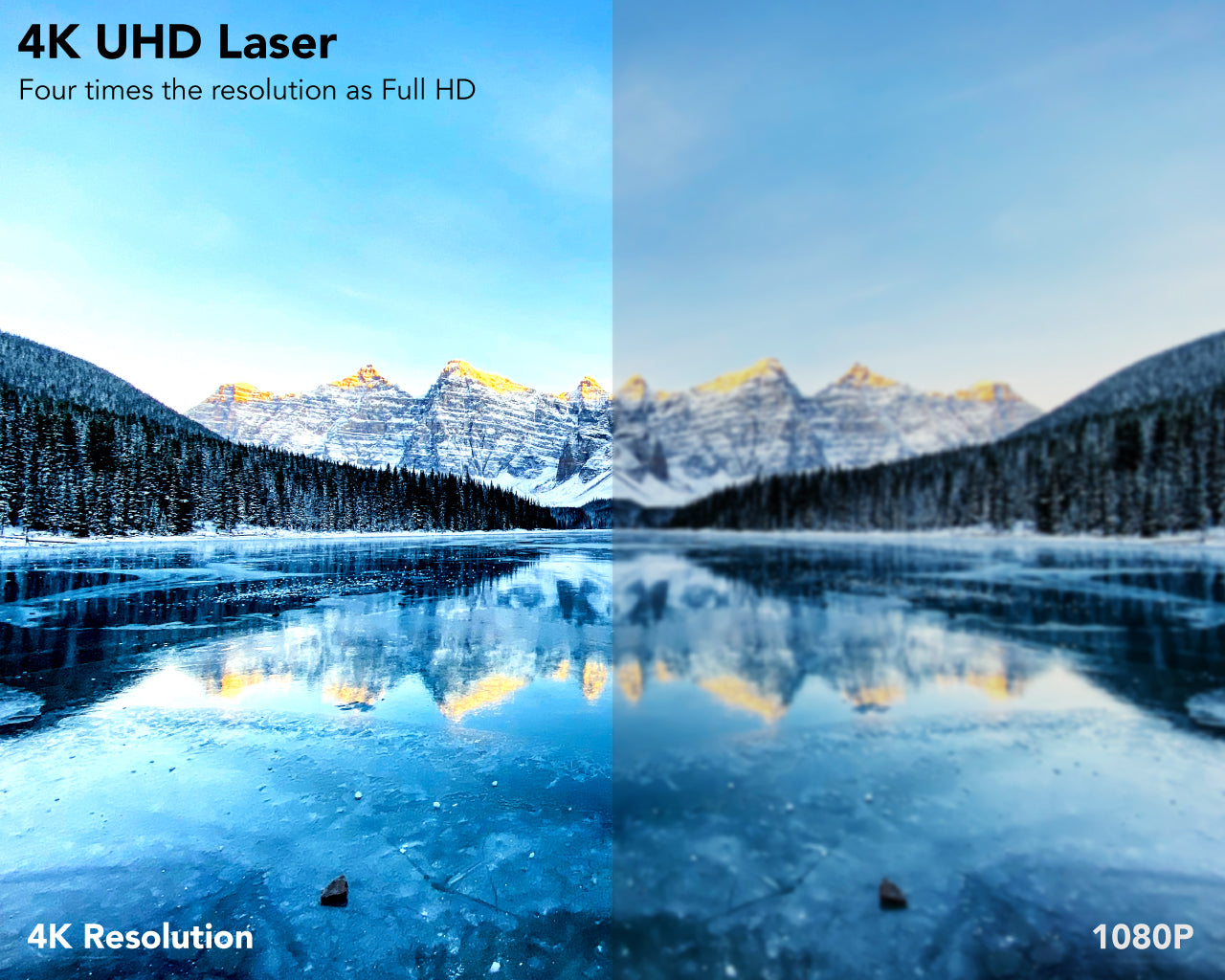
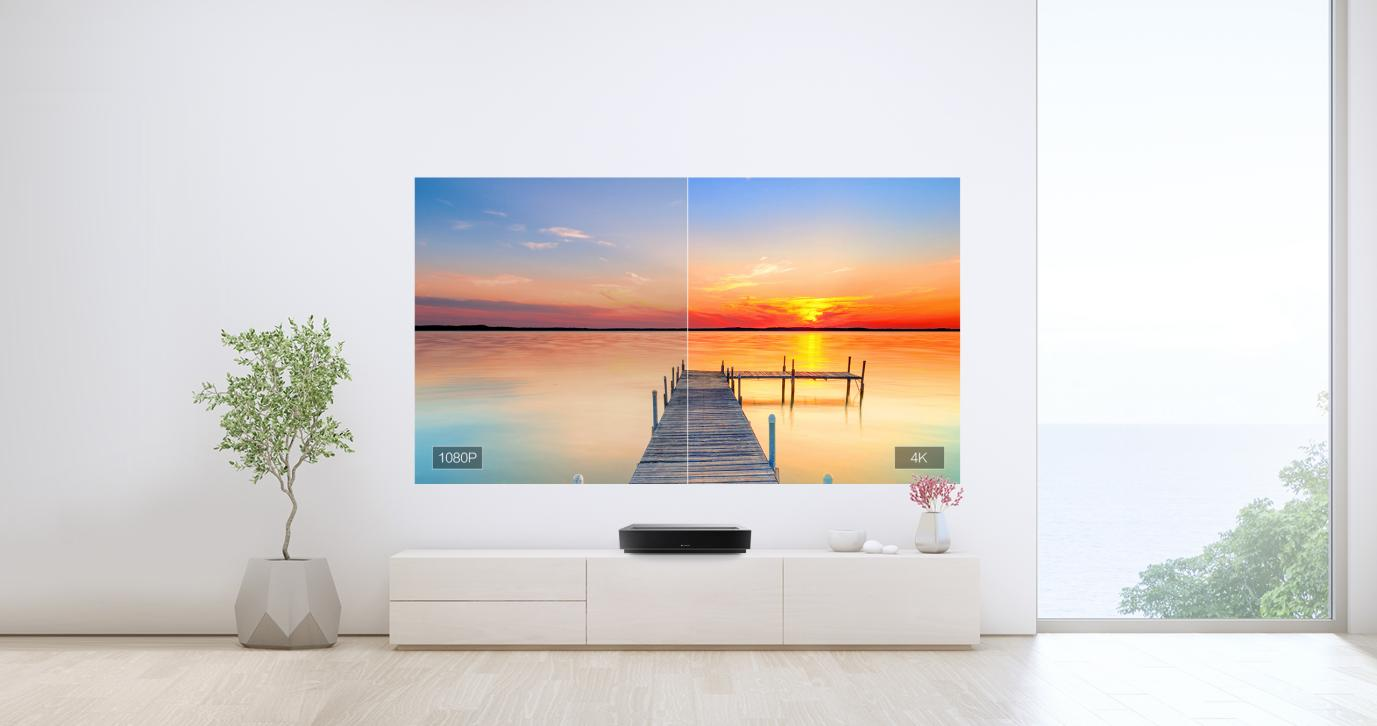
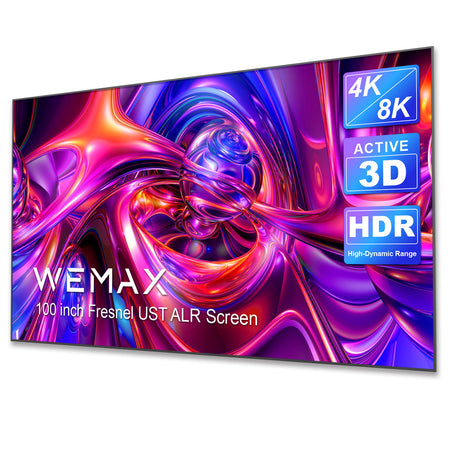
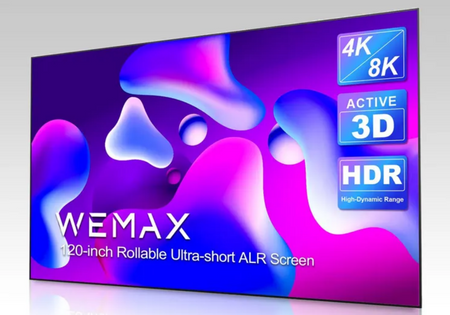
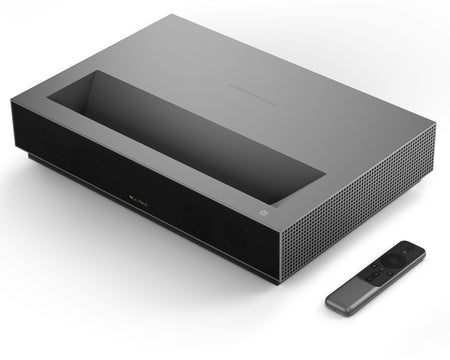
Comments (0)
Back to Tips and Tricks